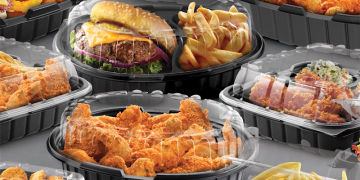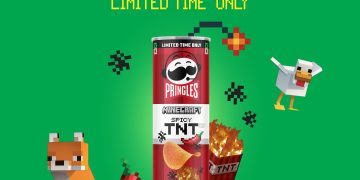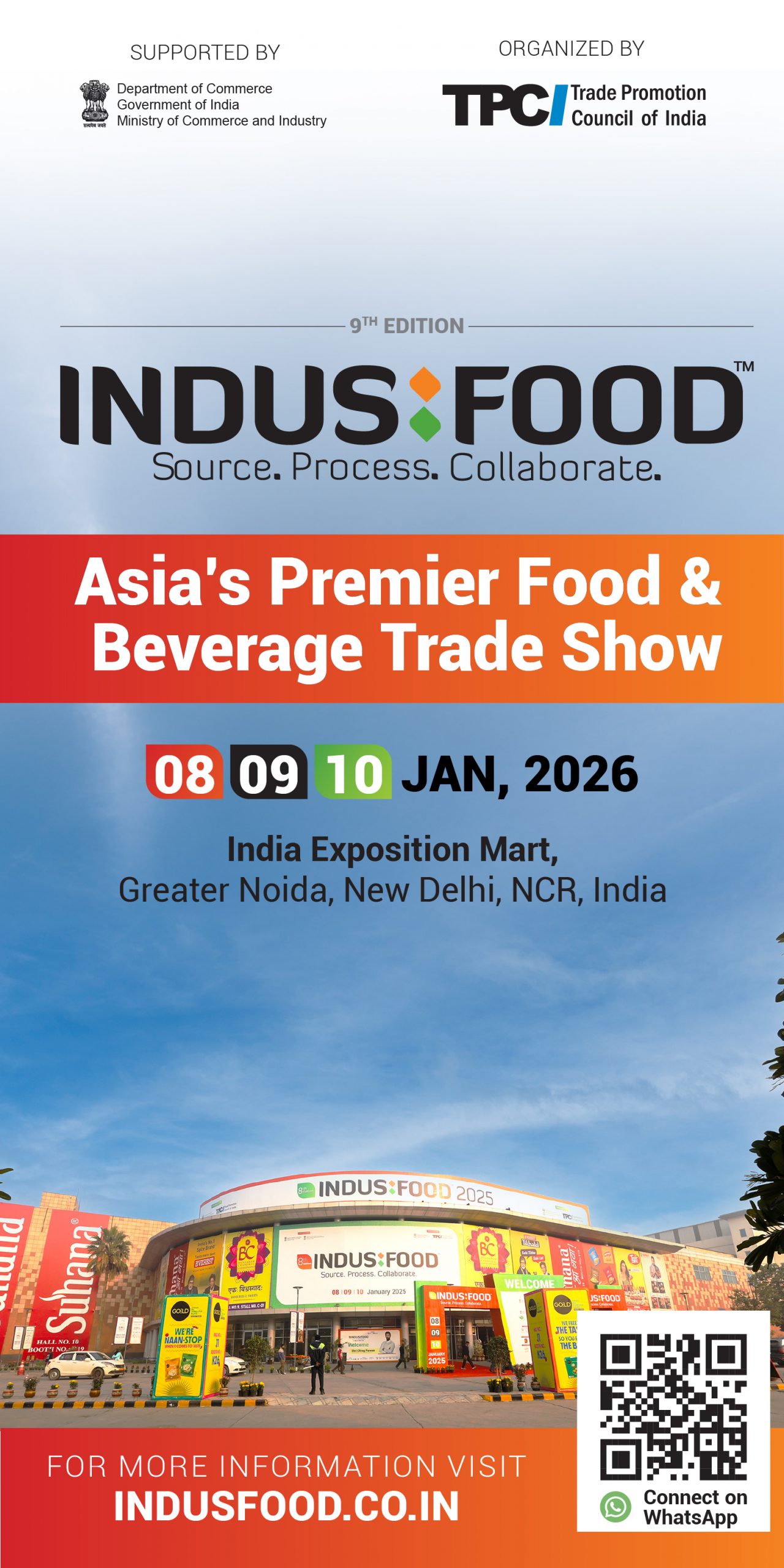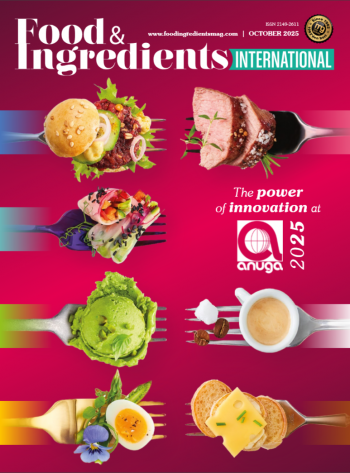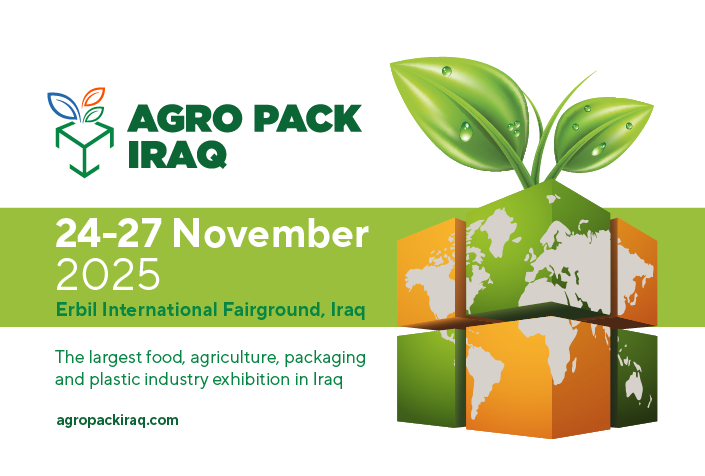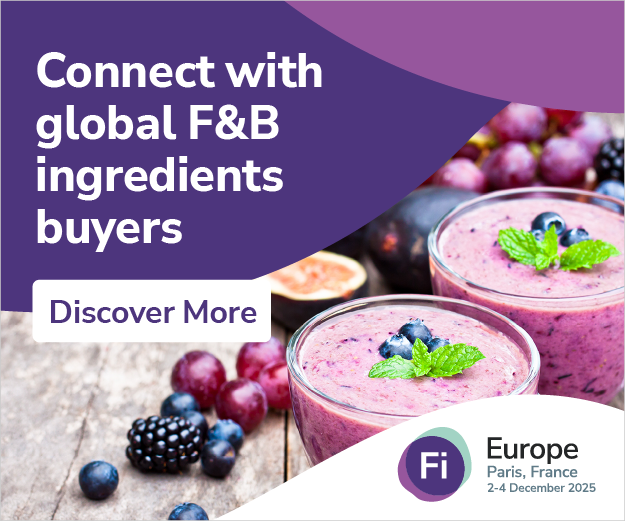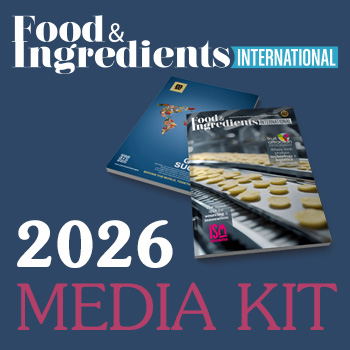GLG – Everyone has to eat. But feeding the world is getting much more challenging as the population continues to grow with cultivatable land shrinking.
Luckily for humanity, innovation and technology can help to mitigate the negative impact on the world’s food supply. In fact, in Silicon Valley and elsewhere, software and biotech companies have effectively partnered with the food industry at all levels to help feed the ever-growing world population. Technology like artificial intelligence, blockchain, and cellular agriculture is already making a big difference.
What’s driving food-tech?
Three main factors are driving the technology and innovation boom in the food industry: consumer demand for affordable and healthier foods, business demands for efficiency and productivity, and sustainability.
Lower prices for consumers come from efficiency in the food supply chain, which can be quite complex. Companies from farms to ingredient makers, to CPG and logistics experts all need to extract the most value from their processes.
Finally, sustainability is a massive driver of technology and innovation. Feeding the world population is important, but at the same time, food production accounts for one-third of global greenhouse gas emissions. Farmers and food producers have new and exciting tools that help them produce the same materials — vegetables and grains — but in new ways.
New food technology tools
Hydroponic and vertical farming are two examples. In hydroponics, farmers grow vegetables in water instead of soil and feed the crops enough nutrients to mature. This technology is spreading quickly in very high-density cities, such as Singapore, Hong Kong, and other large cities in Asia. These cities also place a big emphasis on vertical farming, which is what it sounds like: instead of spreading crops over acres of land, farmers are building systems that allow crops to grow upward, which in turn helps the farmers produce the same amount of food in much smaller areas.
Another example of how farmers are using new technologies to improve their operations is algae. The stuff that makes your pool green is a great feedstock to produce oils, proteins, and other food materials. Algae grows very fast and requires less area than traditional feedstock products.
Hydroponics and vertical farming are incremental improvements, but a technology called precision fermentation or cellular agriculture is revolutionary in the food industry. It uses yeast that is modified at the genetic level to create food ingredients and nutrients. Some companies are already producing dairy products this way without cows.
Biologists clip genes that express milk protein and insert that into the yeast. Fermentation of these specially edited yeasts produces milk proteins. Instead of farming cows to produce milk, companies are “growing” milk in a stainless tank, which uses much less land. That’s cellular agriculture.
Food technology challenges
One of the many challenges that come with cellular agriculture is its cost. The technology may work well in a lab environment but can be expensive to scale up. To overcome scaling challenges of the technology, ingredient and CPG companies are partnering with biotech companies to leverage the strengths of each other.
Another challenge of these new technologies is selling the products to a public that has already proved skeptical of genetically modified foods. The food industry must get the right messaging to implement these agriculture technologies fully.
Software-based food-tech
Software-based technology is also in the mix. Farmers, CPG companies, and ingredient companies are using AI, nanotechnology, and blockchain to help improve their processes. AI-powered drones, for example, can monitor crops and fields to quickly spot things like disease and drought. The AI helps food producers to respond and react to problems more efficiently and turn out bigger, better crops.
Blockchain technology, often associated with cryptocurrency and finance, is helping to revolutionize food traceability and safety. It’s now possible to track your food from farm to table. The decentralized blockchain system can be used to track all players in the food value chain securely and transparently. This traceability can be value added for maintaining food safety, reducing food waste, and helping consumers understand food sources.
Suffice it to say, this is an exciting time to be in the food industry. Technology and innovation are helping the food industry feed more people with nutritious food while reducing carbon footprints.





